Home>Renovation & DIY>Home Renovation Guides>How To Insulate Water Pipes In A Crawl Space
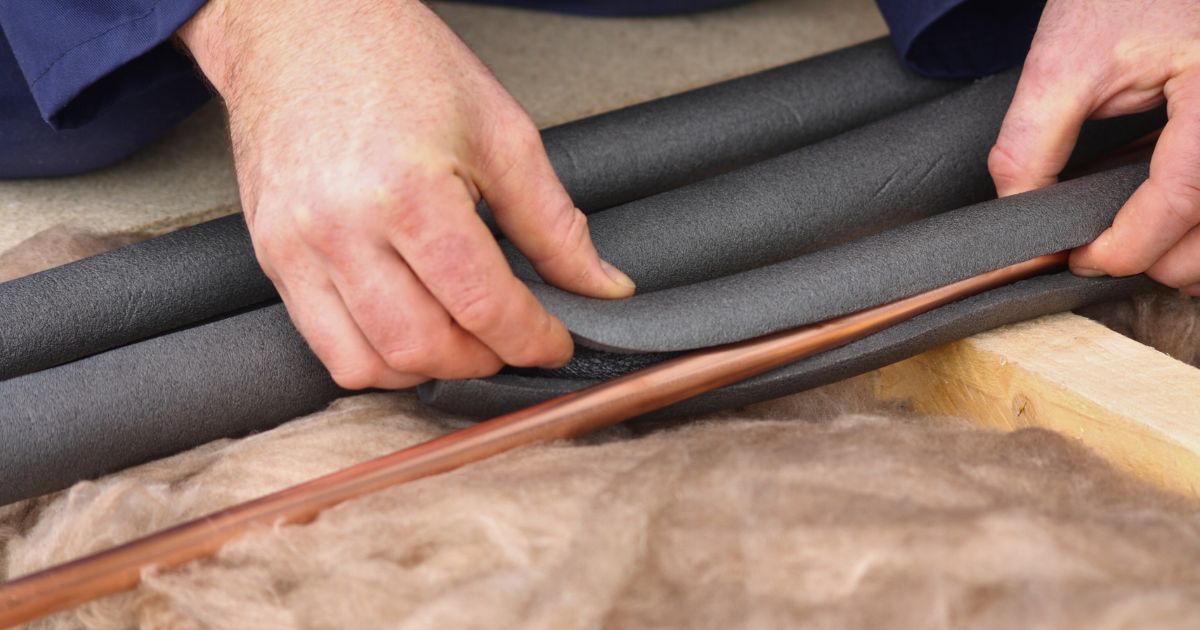

Home Renovation Guides
How To Insulate Water Pipes In A Crawl Space
Published: January 31, 2024
Learn how to properly insulate water pipes in a crawl space with our comprehensive home renovation guide. Protect your pipes and prevent freezing today!
(Many of the links in this article redirect to a specific reviewed product. Your purchase of these products through affiliate links helps to generate commission for Storables.com, at no extra cost. Learn more)
Introduction
Insulating water pipes in a crawl space is a crucial task for homeowners seeking to protect their plumbing system from the harsh effects of cold temperatures. Crawl spaces are notorious for being susceptible to extreme temperature fluctuations, making them a potential breeding ground for frozen or burst pipes. As a homeowner, understanding the importance of insulating water pipes in this area can save you from the inconvenience and costly repairs associated with pipe damage.
By insulating your water pipes in the crawl space, you are taking proactive measures to safeguard your plumbing system against the detrimental impact of freezing temperatures. This simple yet effective solution can prevent the nightmare of dealing with burst pipes, water damage, and the subsequent expenses and disruptions to your daily life. Moreover, insulating your water pipes can contribute to energy efficiency by reducing heat loss and ensuring that your hot water reaches its intended destination without unnecessary heat dissipation.
In this comprehensive guide, we will delve into the essential steps and materials required to effectively insulate water pipes in a crawl space. By following these guidelines, you can fortify your plumbing system against the perils of cold weather and ensure the uninterrupted flow of water throughout your home. Let's embark on this journey to protect your pipes and preserve the integrity of your plumbing infrastructure.
Key Takeaways:
- Protect your home’s plumbing system by insulating water pipes in the crawl space. This prevents freezing, reduces energy consumption, and ensures a reliable water supply, saving you from costly repairs and disruptions.
- Gather insulation tubes, pipe wrap, tape, hangers, and protective gear to effectively insulate water pipes. Follow the steps and tips to fortify your plumbing system against freezing temperatures and promote long-term durability.
Read more: How To Insulate PEX Pipes In A Crawl Space
Why Insulate Water Pipes in a Crawl Space?
Insulating water pipes in a crawl space is a critical measure to protect your plumbing system from the detrimental effects of freezing temperatures. Crawl spaces are notorious for being vulnerable to extreme temperature fluctuations, often reaching frigid conditions during the winter months. Without proper insulation, the water pipes in this area are at risk of freezing, leading to potential damage and costly repairs.
When water freezes, it expands, exerting immense pressure on the pipes. This pressure can cause the pipes to crack or burst, resulting in water leakage once the ice thaws. The consequences of burst pipes can be catastrophic, leading to extensive water damage, structural issues, and the need for immediate repairs. By insulating the water pipes in your crawl space, you create a barrier that helps maintain a consistent temperature, preventing the pipes from reaching the freezing point.
Furthermore, insulating water pipes in a crawl space contributes to energy efficiency. Uninsulated pipes are more susceptible to heat loss, especially in unheated or poorly insulated crawl spaces. As a result, your water heater may need to work harder to compensate for the heat lost through the uninsulated pipes, leading to increased energy consumption and higher utility bills. By insulating the pipes, you can minimize heat dissipation and ensure that hot water reaches its intended destination without unnecessary energy expenditure.
In addition to protecting your plumbing system, insulating water pipes in a crawl space also helps preserve the quality of your water. When pipes are exposed to freezing temperatures, there is a risk of water stagnation or reduced water flow due to ice formation. This can lead to water contamination and compromised water pressure, affecting the overall quality and functionality of your water supply. Insulation acts as a safeguard, maintaining the integrity of your water pipes and ensuring a consistent and reliable water flow throughout your home.
In essence, insulating water pipes in a crawl space is a proactive and cost-effective solution to mitigate the risks associated with freezing temperatures. By taking this preventive measure, you can protect your plumbing system, promote energy efficiency, and preserve the quality of your water supply, ultimately contributing to the overall functionality and longevity of your home's infrastructure.
Materials Needed
To effectively insulate water pipes in a crawl space, you will need a specific set of materials designed to provide optimal protection against freezing temperatures and heat loss. By gathering the following materials, you can embark on the insulation process with confidence, knowing that you have the necessary components to safeguard your plumbing system.
-
Insulation Tubes: These tubes are specifically designed to fit around water pipes, providing a protective barrier against cold temperatures. Opt for insulation tubes with a suitable diameter to ensure a snug fit around the pipes, effectively minimizing heat transfer and preventing freezing.
-
Pipe Wrap: Pipe wrap, also known as pipe insulation wrap, is a versatile material that can be used to cover exposed pipes in the crawl space. It offers an additional layer of insulation, particularly for pipes located in hard-to-reach areas or those with irregular shapes.
-
Insulation Tape: Insulation tape is essential for securing the insulation tubes and pipe wrap in place. This durable tape helps create a tight seal, preventing heat loss and maintaining the integrity of the insulation.
-
Pipe Hangers: Sturdy pipe hangers are crucial for supporting the insulated water pipes in the crawl space. These hangers provide structural reinforcement, ensuring that the pipes remain securely in place and minimizing the risk of displacement or damage.
-
Utility Knife: A sharp utility knife is indispensable for cutting insulation tubes and pipe wrap to the appropriate lengths. This tool allows for precise customization, enabling you to tailor the insulation to fit the dimensions of your water pipes accurately.
-
Protective Gear: When working in the crawl space, it is essential to prioritize safety. Wear protective gear such as gloves, goggles, and a dust mask to shield yourself from potential hazards and ensure a safe and comfortable insulation process.
-
Measuring Tape: Accurate measurements are crucial for determining the required length of insulation tubes and pipe wrap. A measuring tape enables you to assess the dimensions of the water pipes and cut the insulation materials to the precise size needed for comprehensive coverage.
-
Sealant: A high-quality sealant can be used to fill any gaps or cracks in the crawl space, further enhancing the insulation and preventing cold air infiltration. Choose a sealant that is compatible with the materials used for insulation to create a seamless barrier against external elements.
By assembling these essential materials, you are equipped to undertake the insulation of water pipes in the crawl space with efficiency and precision. Each component plays a vital role in fortifying your plumbing system against the challenges posed by cold weather, ultimately contributing to the protection and longevity of your home's infrastructure.
Use foam pipe insulation to wrap around the water pipes in the crawl space. This will help prevent freezing and reduce heat loss, saving energy and preventing potential damage.
Steps to Insulate Water Pipes
Insulating water pipes in a crawl space is a proactive measure that can safeguard your plumbing system from the perils of freezing temperatures. By following these comprehensive steps, you can effectively insulate your water pipes and mitigate the risk of damage caused by cold weather.
-
Assess the Crawl Space: Begin by assessing the crawl space to identify the location and condition of the water pipes. Take note of any existing insulation and determine the areas that require additional protection. It is essential to work in a well-ventilated environment and ensure adequate lighting for a clear view of the plumbing infrastructure.
-
Prepare the Pipes: Before applying insulation, ensure that the water pipes are clean and free from any debris or moisture. Wipe the surface of the pipes to remove any dirt or condensation, allowing the insulation materials to adhere effectively. Additionally, inspect the pipes for any signs of damage or corrosion that may require attention before the insulation process.
-
Cut Insulation Tubes: Measure the length of the water pipes in the crawl space using a measuring tape, and then cut the insulation tubes to the appropriate size using a sharp utility knife. It is crucial to achieve a precise fit to ensure comprehensive coverage and optimal insulation effectiveness. Carefully wrap the insulation tubes around the water pipes, ensuring a snug and secure placement.
-
Secure with Insulation Tape: Once the insulation tubes are in place, use insulation tape to secure the ends and create a tight seal. Wrap the insulation tape around the joints and edges of the tubes, ensuring that there are no gaps or exposed areas. This step is essential for preventing heat loss and maintaining the integrity of the insulation.
-
Apply Pipe Wrap (if necessary): For pipes in hard-to-reach areas or those with irregular shapes, consider using pipe wrap to provide an additional layer of insulation. Cut the pipe wrap to the required dimensions and carefully wrap it around the exposed sections of the water pipes. Use insulation tape to secure the pipe wrap and ensure a seamless protective barrier.
-
Support with Pipe Hangers: Install sturdy pipe hangers to support the insulated water pipes and prevent sagging or displacement. Properly securing the pipes with hangers ensures that the insulation remains intact and effectively shields the pipes from the impact of temperature fluctuations in the crawl space.
-
Seal Any Gaps: Inspect the crawl space for any gaps, cracks, or openings that may allow cold air to infiltrate. Use a high-quality sealant to fill these gaps and create a cohesive barrier against external elements. Pay close attention to areas where pipes enter or exit the crawl space, as these are common points of vulnerability.
By meticulously following these steps, you can insulate water pipes in a crawl space with precision and thoroughness, fortifying your plumbing system against the hazards of freezing temperatures and promoting the longevity of your home's infrastructure.
Additional Tips for Insulating Water Pipes
In addition to the fundamental steps for insulating water pipes in a crawl space, there are several supplementary tips and considerations that can further enhance the effectiveness and longevity of the insulation. By incorporating these additional tips into the insulation process, homeowners can optimize the protection of their plumbing system and mitigate the risks associated with freezing temperatures.
-
Focus on Vulnerable Areas: Pay special attention to vulnerable areas within the crawl space, such as areas with minimal insulation or exposure to external elements. These areas are more susceptible to temperature fluctuations and may require additional insulation to ensure comprehensive protection for the water pipes.
-
Consider Heat Tape: In extremely cold climates, consider using heat tape in conjunction with insulation to provide an extra layer of protection for water pipes. Heat tape is designed to generate heat and prevent freezing, offering an added safeguard against the most severe temperature conditions.
-
Insulate Exposed Valves and Fittings: Don't overlook the importance of insulating exposed valves, fittings, and joints along the water pipes. These components are prone to heat loss and may be susceptible to freezing, potentially compromising the integrity of the plumbing system. Applying insulation around these areas can help maintain consistent temperatures and prevent potential vulnerabilities.
-
Maintain Adequate Ventilation: While insulation is crucial for protecting water pipes in a crawl space, it is equally important to maintain adequate ventilation to prevent moisture buildup and promote air circulation. Proper ventilation can contribute to a healthier environment within the crawl space and minimize the risk of condensation, which can compromise the effectiveness of the insulation.
-
Regular Maintenance and Inspection: After insulating the water pipes, establish a routine for regular maintenance and inspection of the crawl space. Periodically check the insulation for any signs of wear, damage, or displacement, and address any issues promptly to ensure continuous protection for the plumbing system.
-
Professional Consultation: If you are uncertain about the insulation requirements for your specific crawl space or encounter complex plumbing configurations, consider seeking professional consultation. A qualified plumber or insulation specialist can provide valuable insights and recommendations tailored to your home's unique needs, ensuring that the insulation is optimized for maximum effectiveness.
By incorporating these additional tips into the insulation process, homeowners can elevate the protection of their water pipes in the crawl space, fortifying their plumbing system against the challenges of cold weather and promoting long-term durability and functionality.
Read more: How To Unfreeze Water Pipes In A Crawl Space
Conclusion
In conclusion, insulating water pipes in a crawl space is a proactive and essential measure for homeowners seeking to protect their plumbing system from the potential hazards of freezing temperatures. By taking the initiative to insulate the water pipes, homeowners can mitigate the risk of frozen or burst pipes, safeguard the integrity of their plumbing infrastructure, and promote energy efficiency within their homes.
The insulation process involves a comprehensive approach, encompassing the assessment of the crawl space, meticulous preparation of the pipes, and the strategic application of insulation materials. By following the outlined steps and incorporating additional tips, homeowners can fortify their water pipes against the challenges posed by cold weather, ensuring the uninterrupted flow of water and minimizing the risk of costly repairs and water damage.
Furthermore, the benefits of insulating water pipes extend beyond protection against freezing temperatures. By reducing heat loss and promoting consistent temperatures within the plumbing system, homeowners can enhance energy efficiency and minimize the strain on their water heater, ultimately contributing to lower utility bills and sustainable resource utilization.
It is important to emphasize the long-term impact of insulating water pipes in a crawl space. By investing in proactive insulation measures, homeowners can prolong the lifespan of their plumbing infrastructure, minimize the risk of water-related emergencies, and maintain the quality and functionality of their water supply. Additionally, the peace of mind that comes with knowing that the plumbing system is fortified against the perils of cold weather is invaluable, providing homeowners with confidence and security in their home environment.
In essence, insulating water pipes in a crawl space is a practical and cost-effective solution that offers a multitude of benefits, ranging from protection against freezing temperatures to energy efficiency and long-term durability. By prioritizing the insulation of water pipes, homeowners can safeguard their plumbing system, promote sustainable resource management, and ensure the comfort and functionality of their homes for years to come.
Frequently Asked Questions about How To Insulate Water Pipes In A Crawl Space
Was this page helpful?
At Storables.com, we guarantee accurate and reliable information. Our content, validated by Expert Board Contributors, is crafted following stringent Editorial Policies. We're committed to providing you with well-researched, expert-backed insights for all your informational needs.
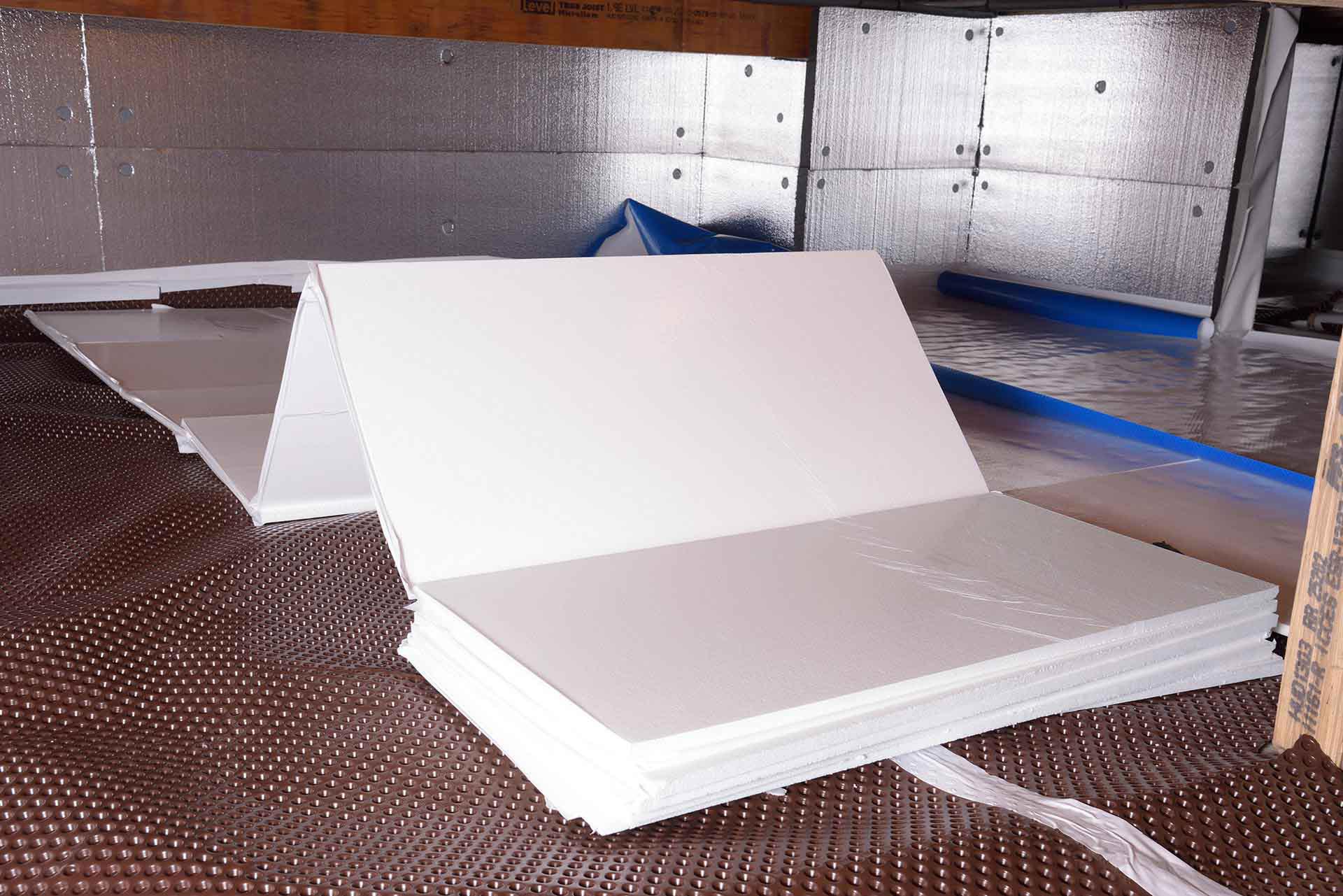
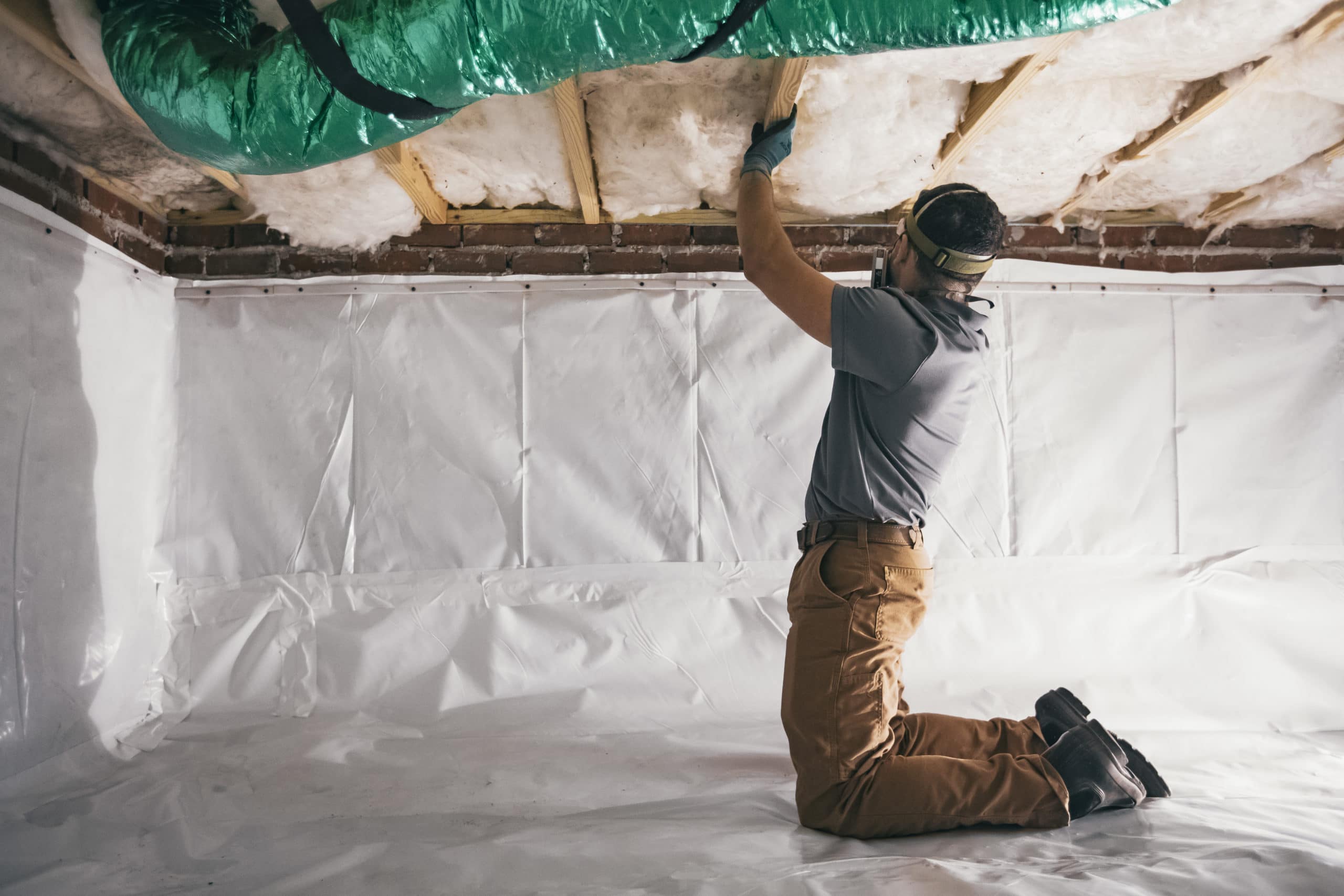
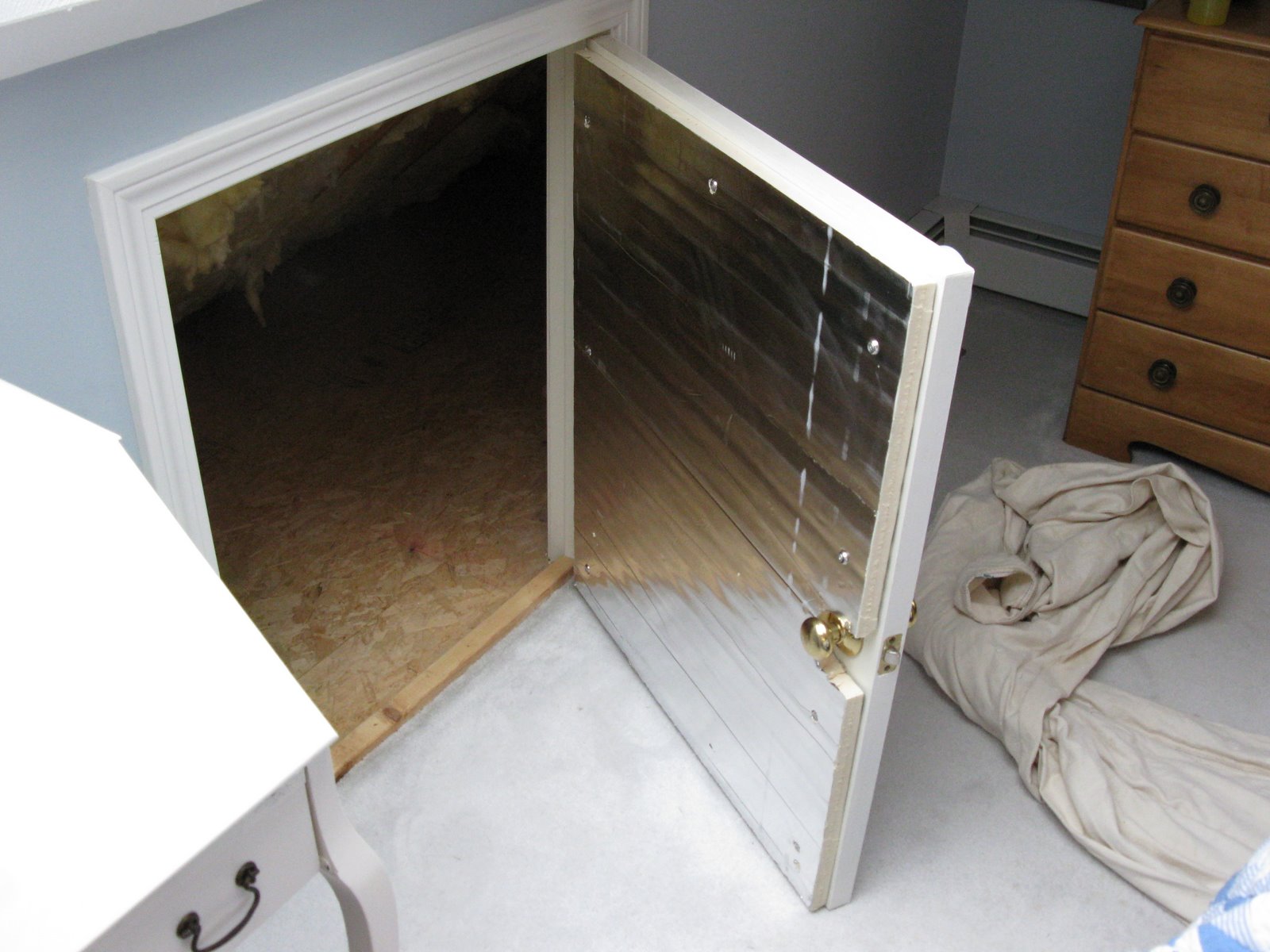
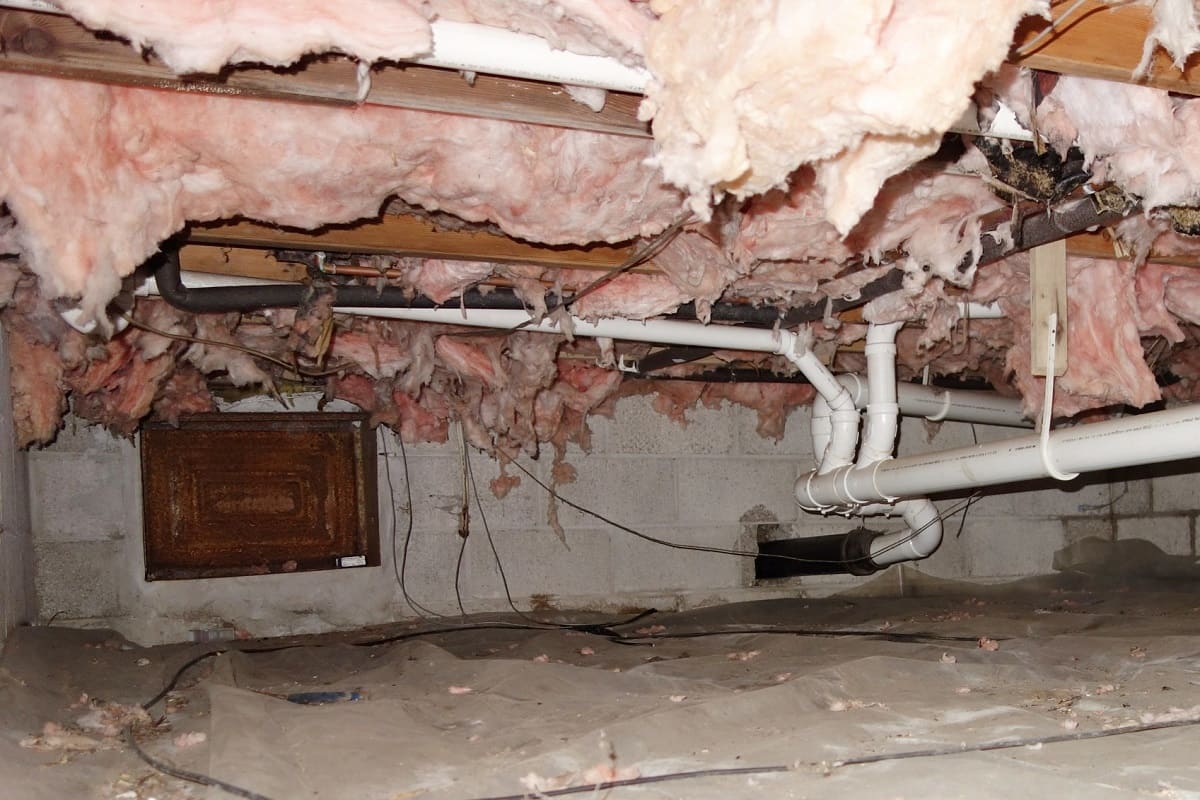
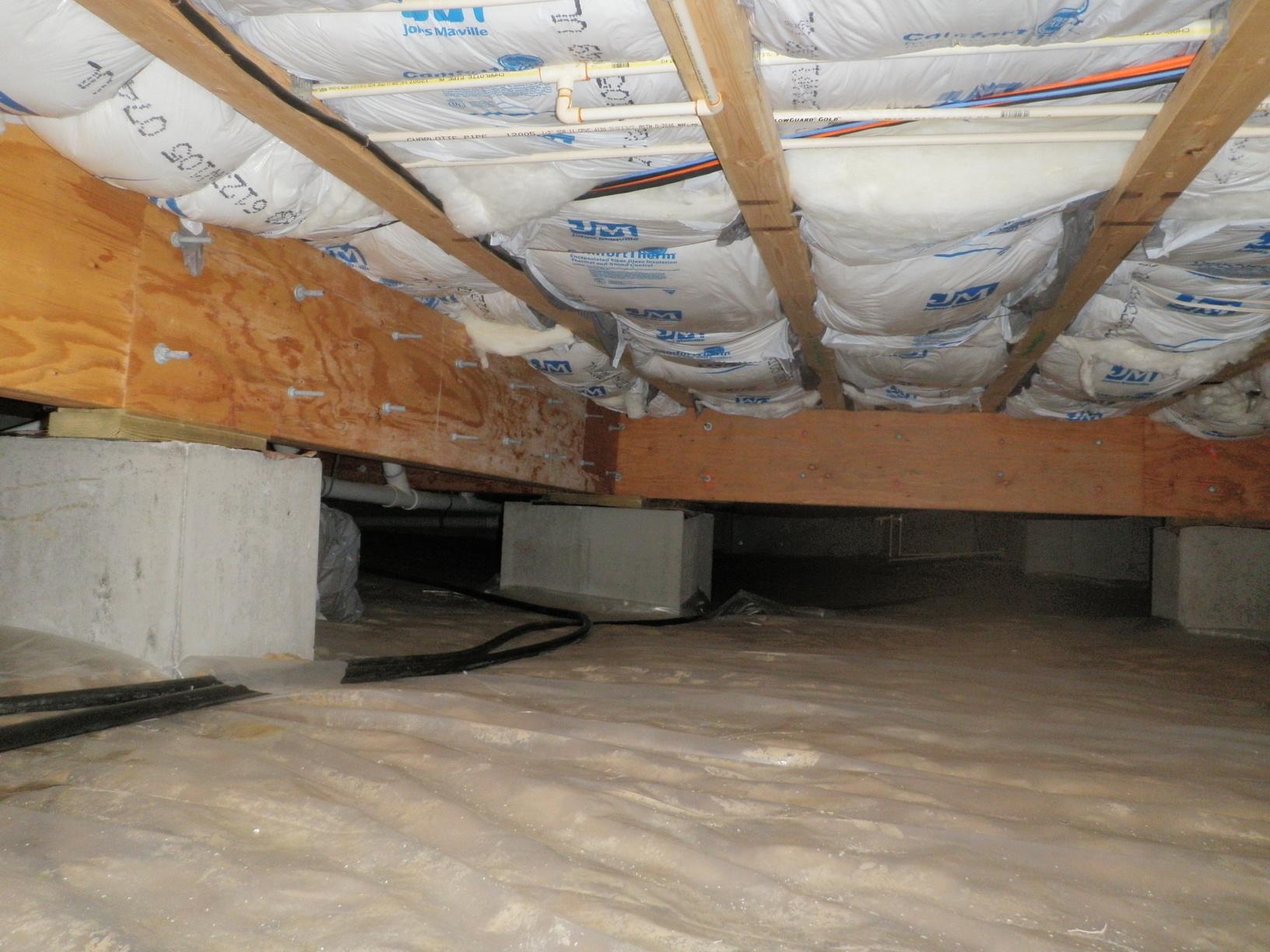
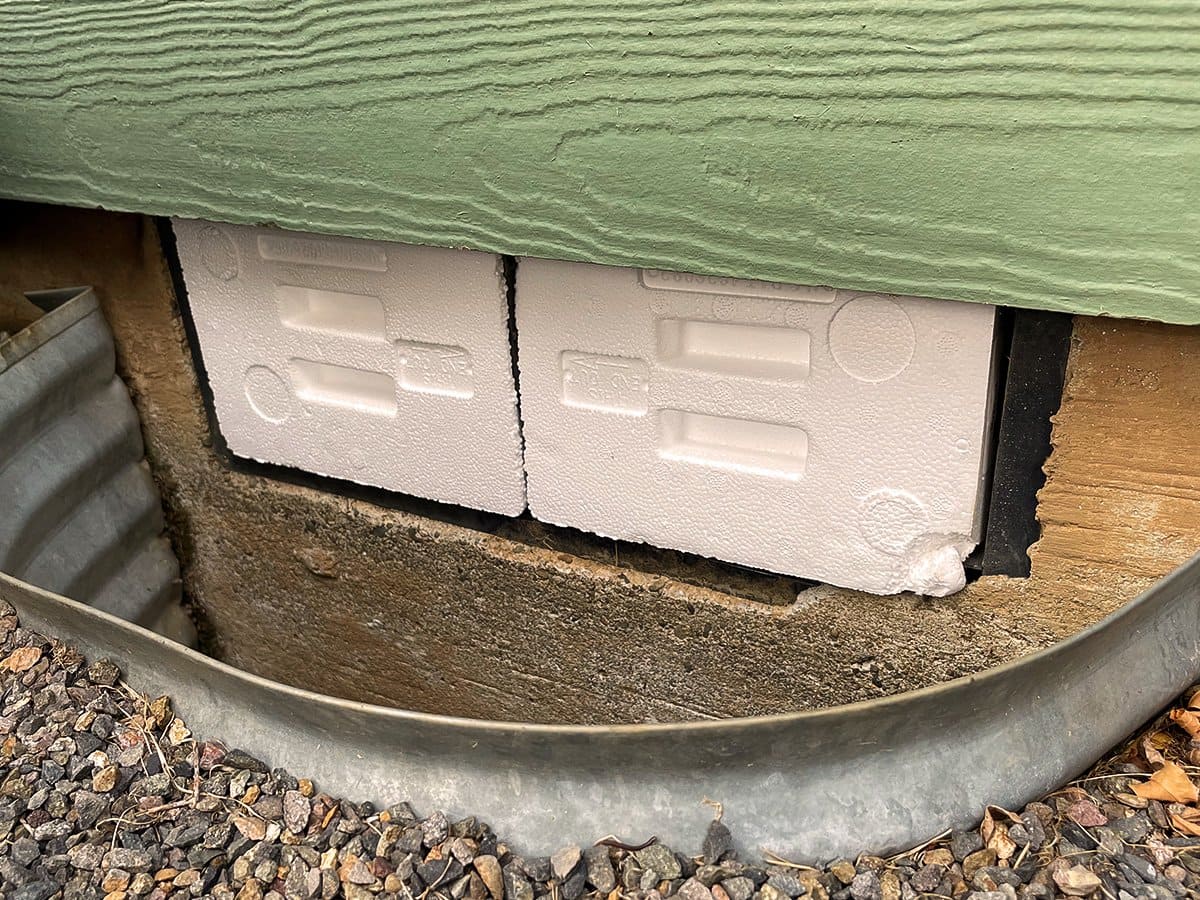
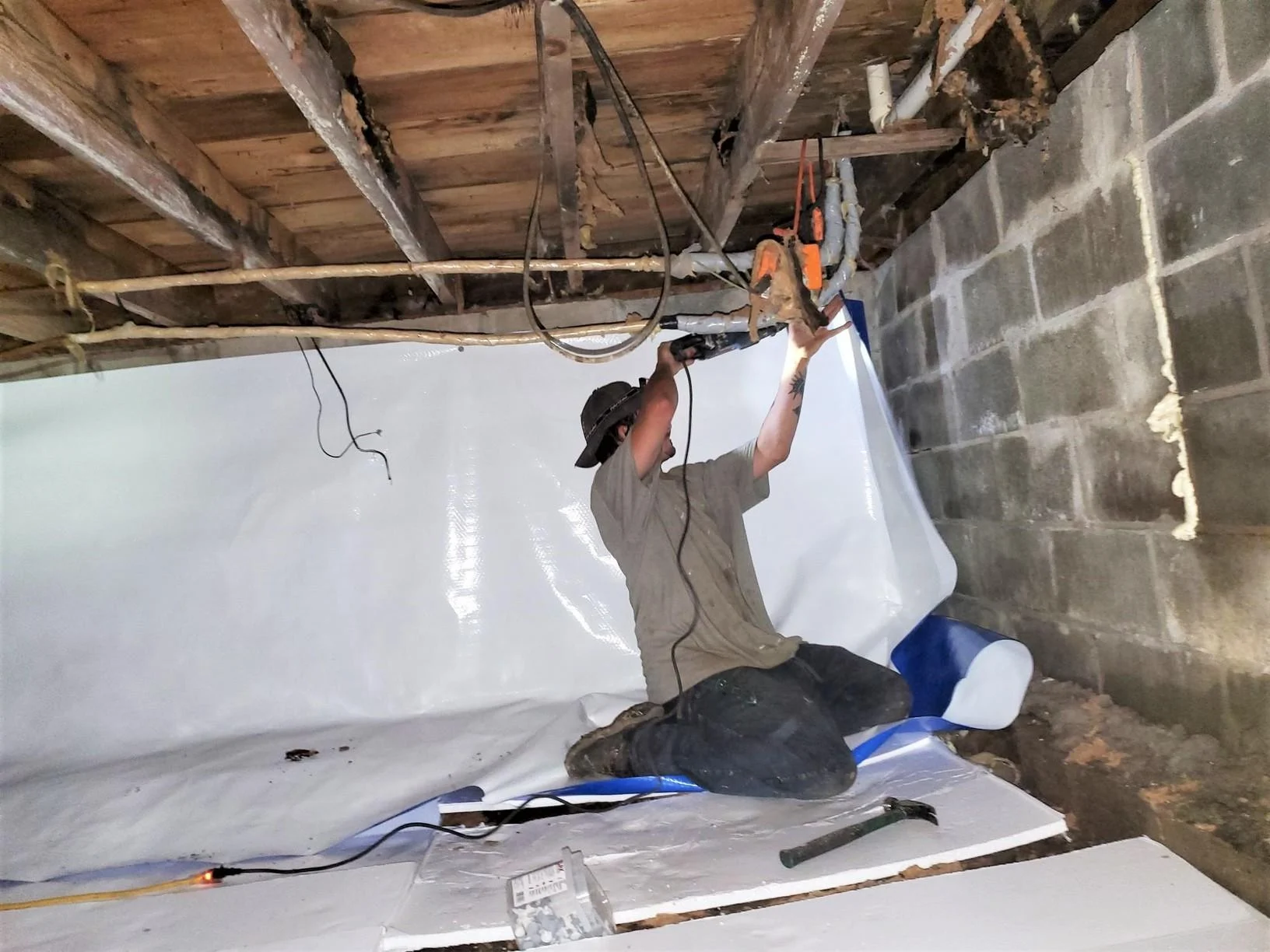
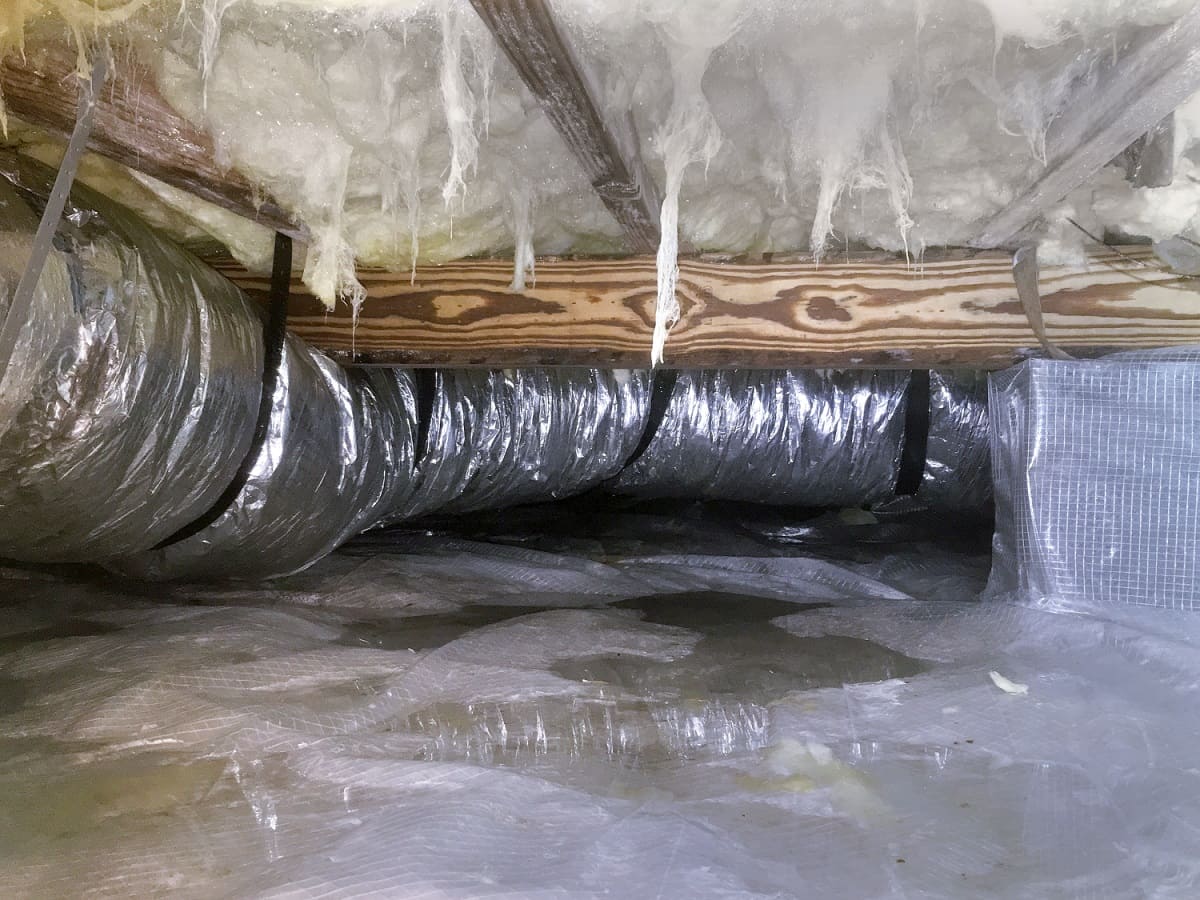
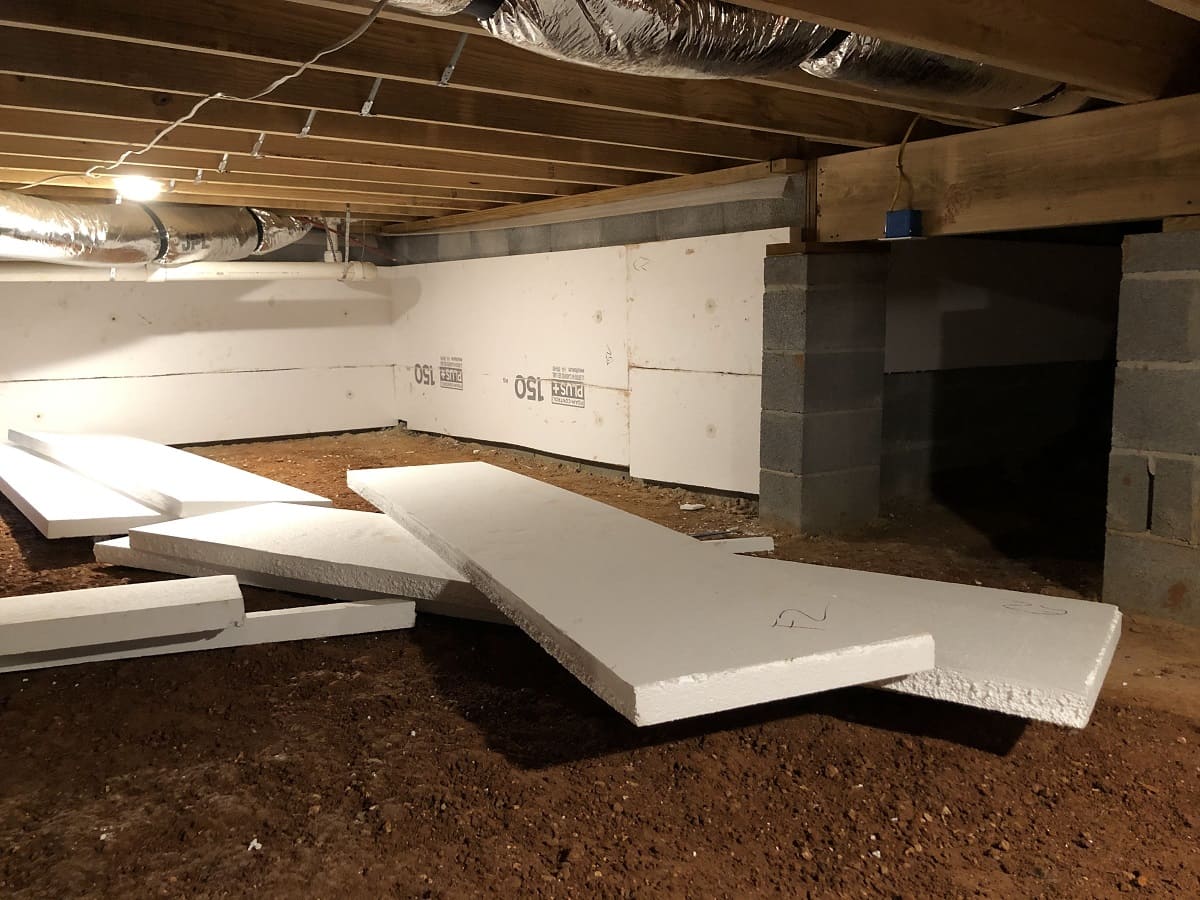
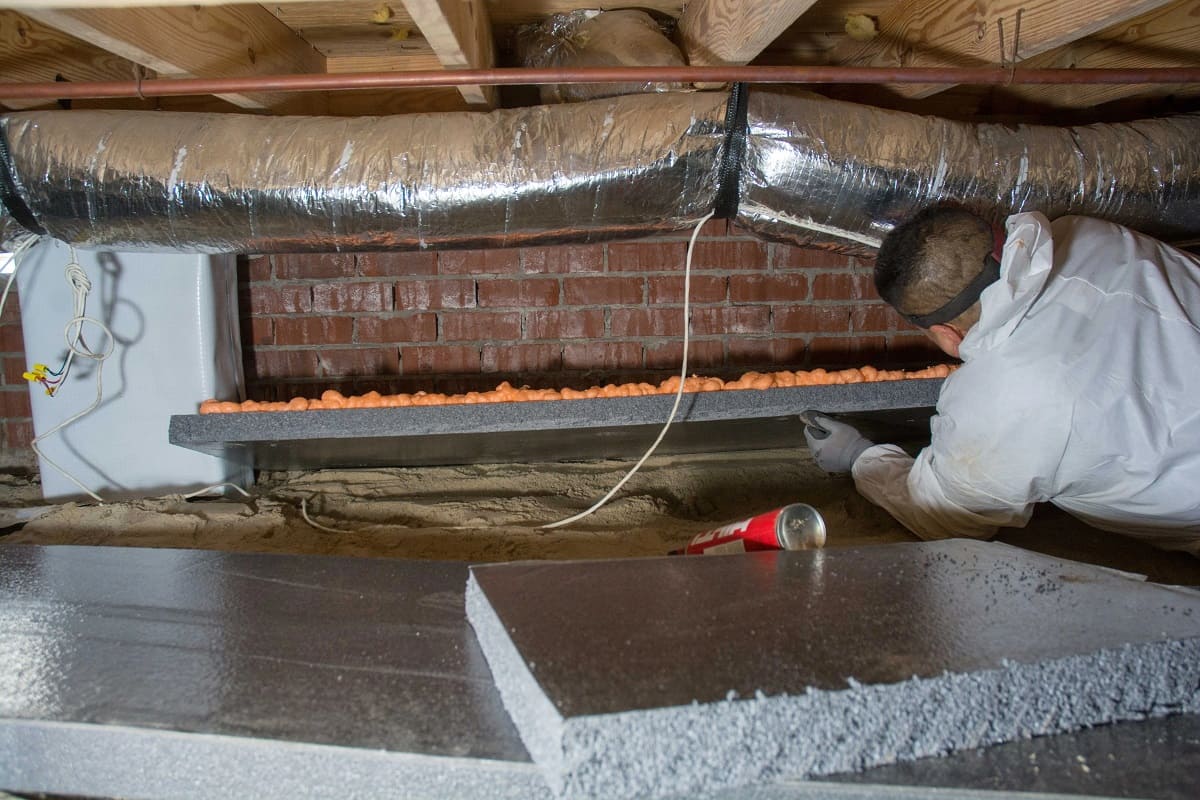
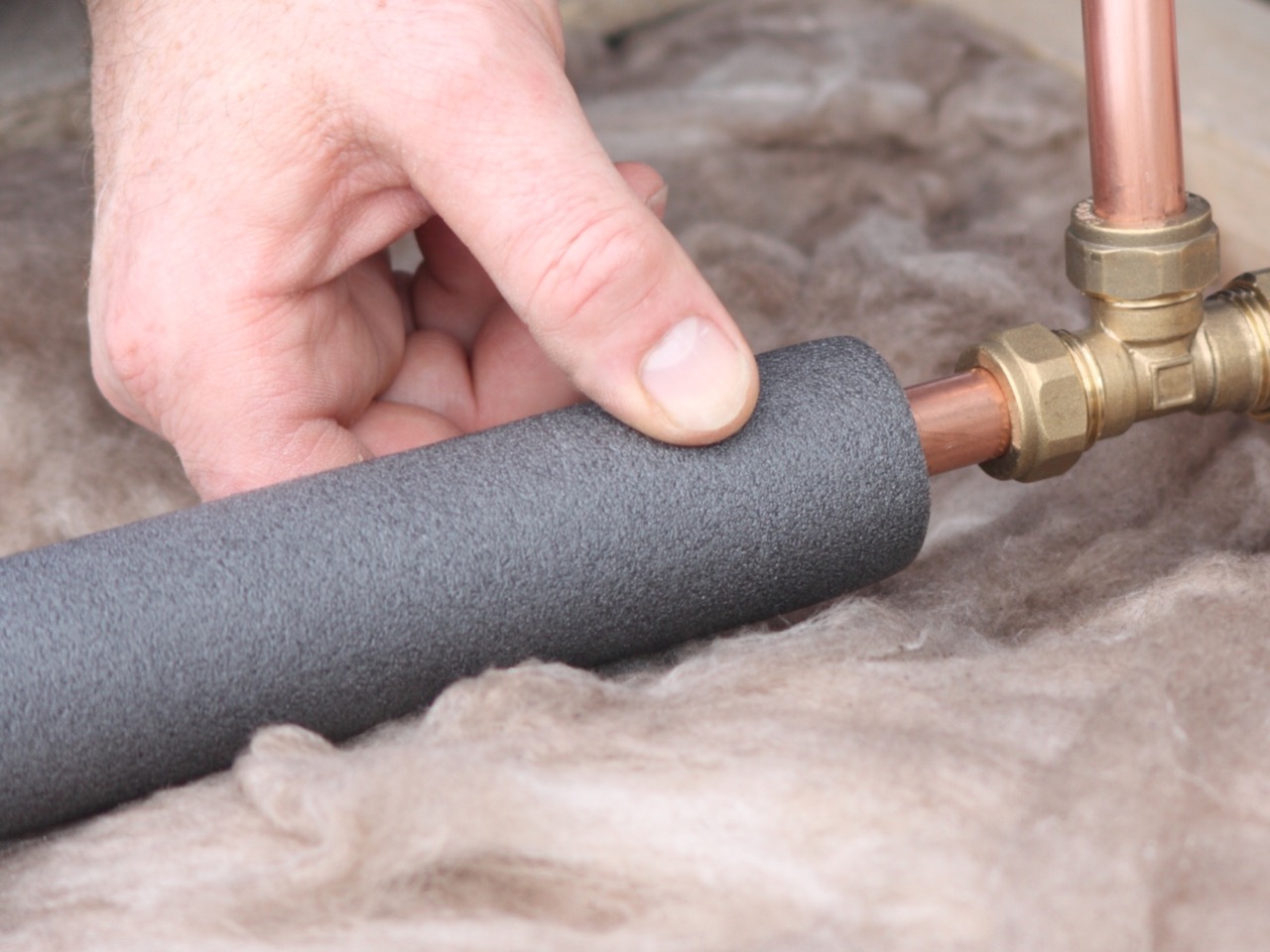
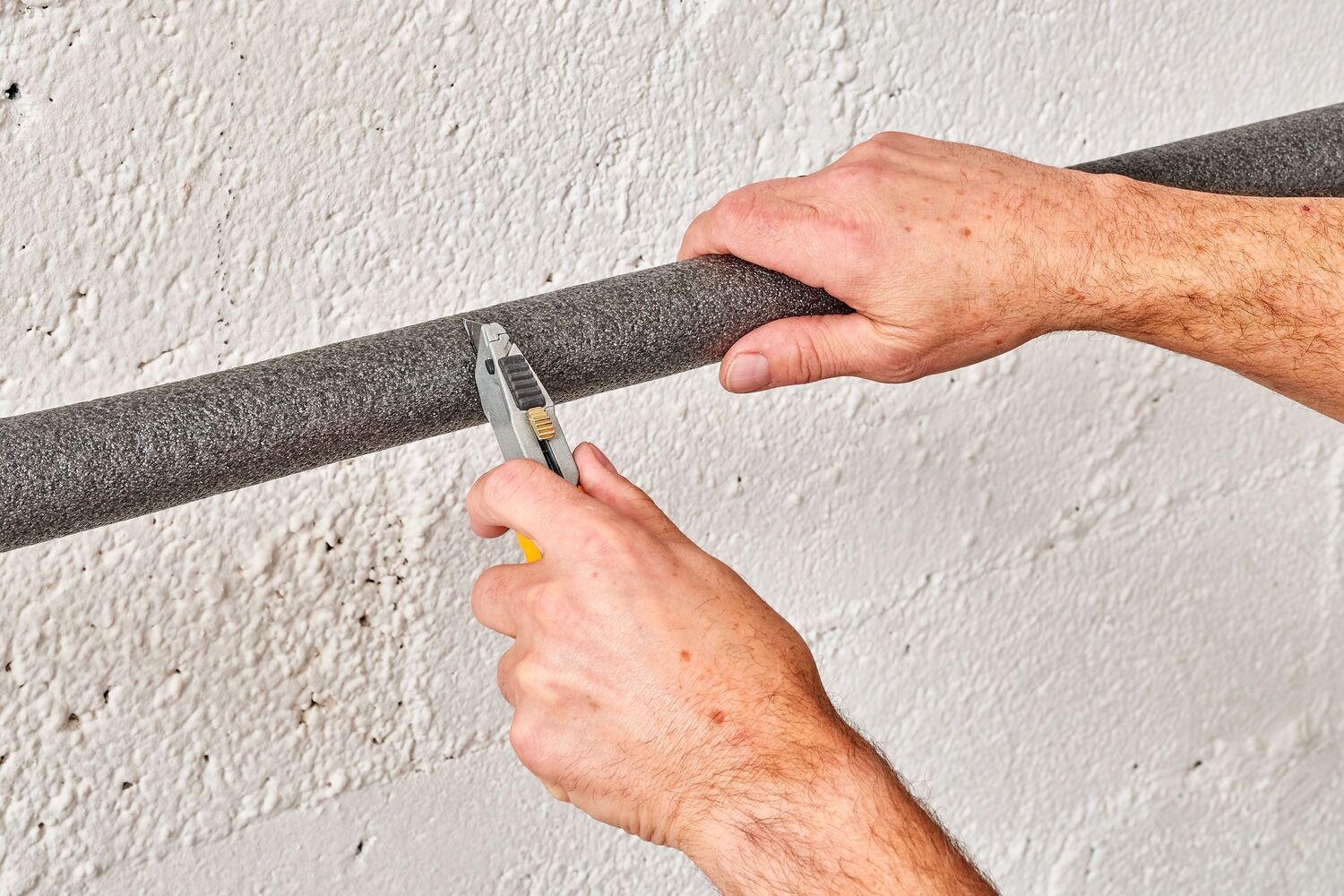
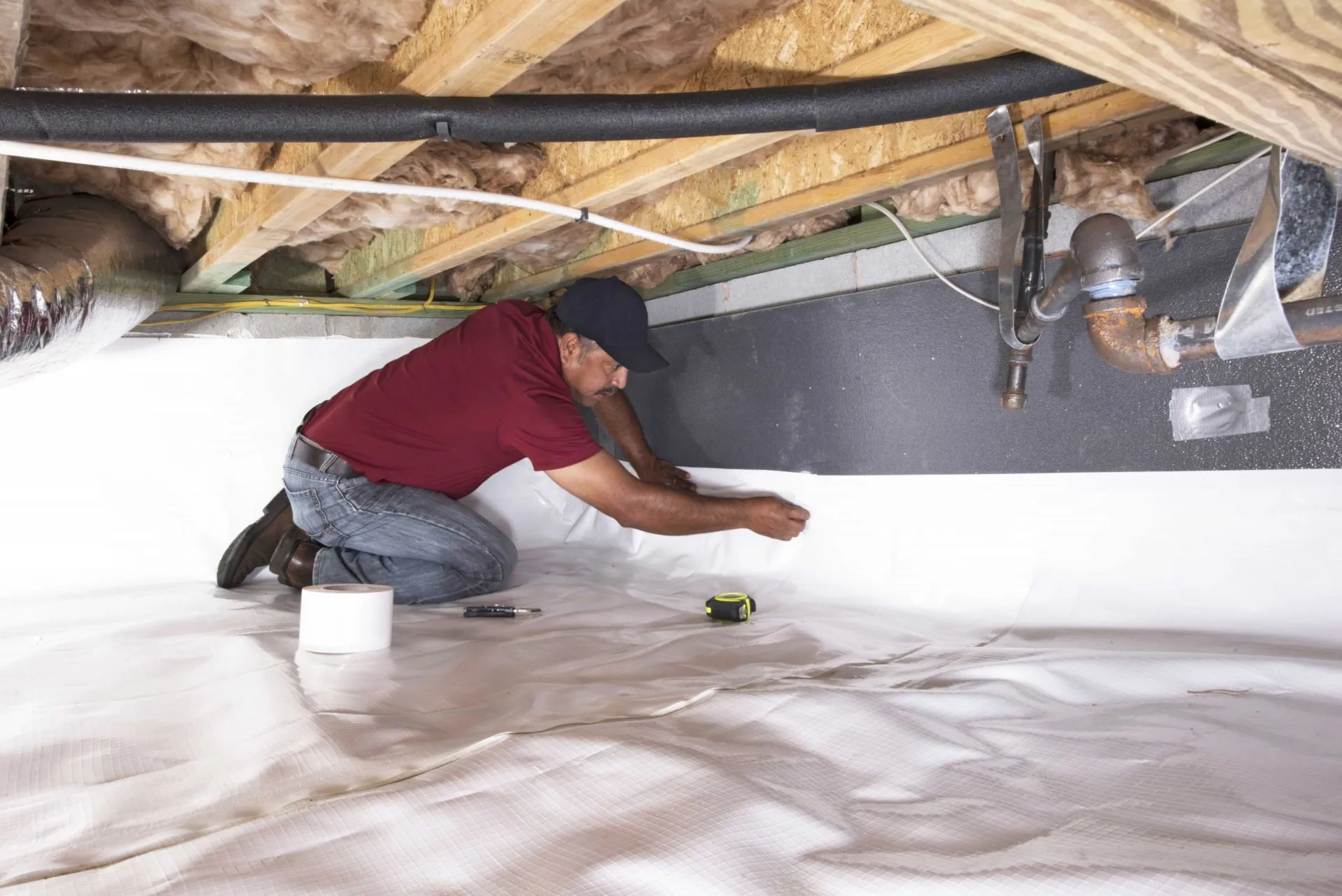
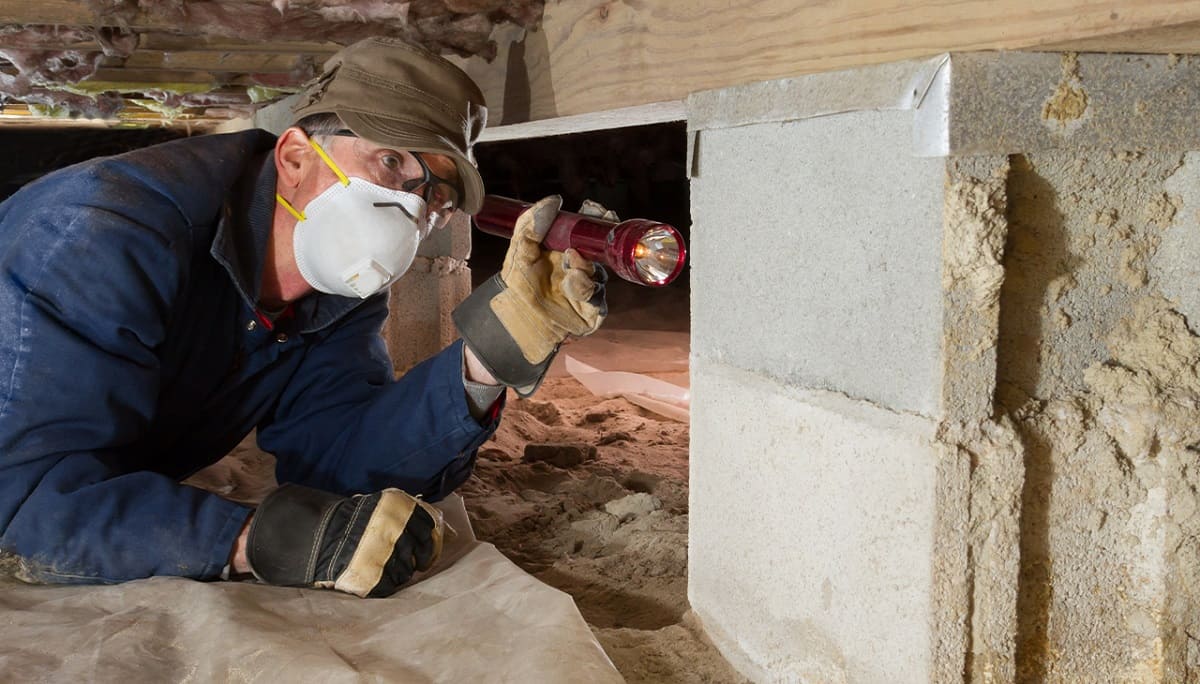

0 thoughts on “How To Insulate Water Pipes In A Crawl Space”